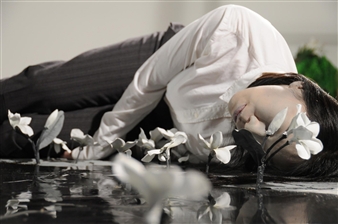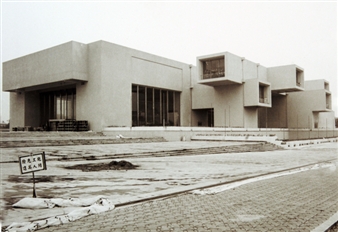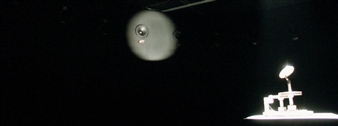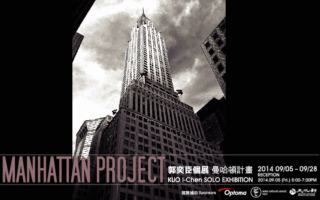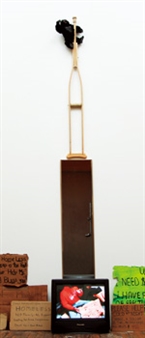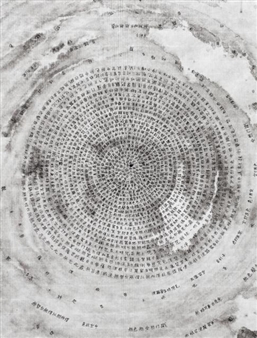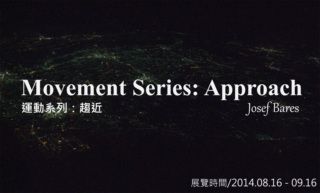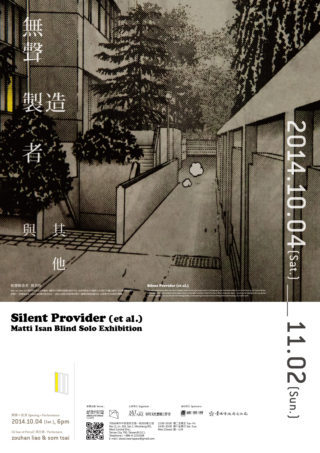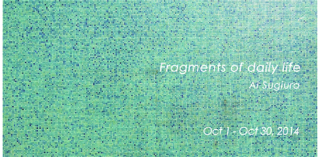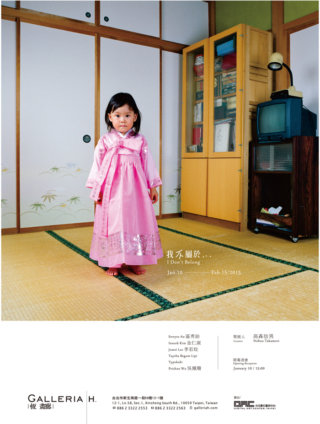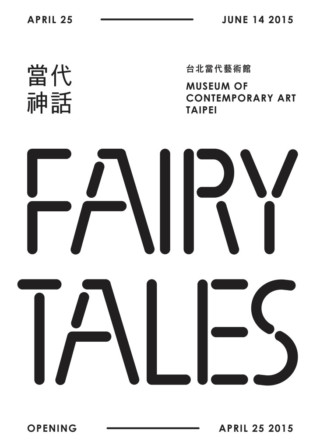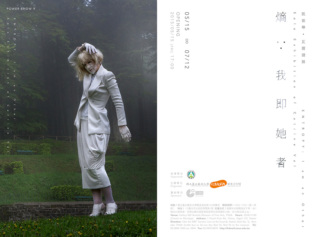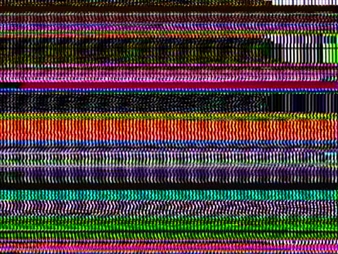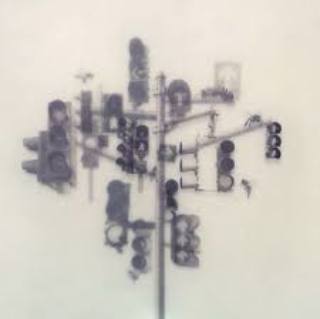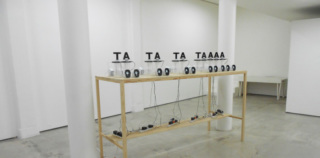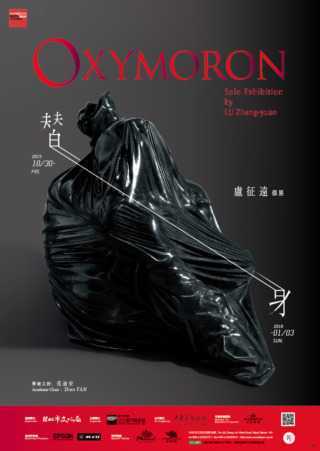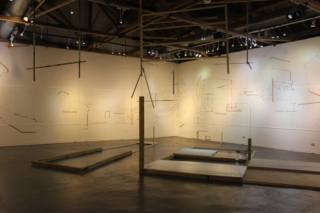Why does the wind blow whenever we remember loved ones?
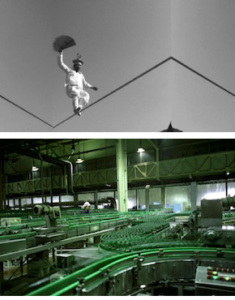
TheCube Project Space, 12/20/2014 - 03/08/2015
Roosevelt Rd, Taipei
This seemingly poetic, or somewhat sentimental title is taken from a dialogue in the film Underground (1995) by former Yugoslavia director Emir Kusturica. Underground utilizes metaplot to insinuate the political and historical reality of Yugoslavia: "A deliberate study of the film suggests, the characteristics of nostalgic textures, revolving lens, swift montages, absurd and disparate plots, chaotic objects, whimsical physicality and dialogue, reveled soundtrack and ambience, surrealist imagery, bred with the popularity of postmodernism, vanguard of modernism, and style of East European fantasy literature, creates a "mess" of a film and this "chaos" reproduces the politics and history (1945-1991) of a country (the former Yugoslavia spans over half a century). Although not entirely uncommon, the film can be described as daring. Waves of criticism correlate limitations of our imagination to traditional art, and raise the question: Is a "seemingly realistic" approach the only way to represent authentic history or the sole nucleus for critique? "The thing that needs to be done in Underground is a circus act. This is the only feasible method in the ongoing problems of Yugoslavia." - Emir Kusturica[1]
Adopting the narration of Underground, this exhibition will focus on the "narrative syntax of political reality in video works and its construction and expression of context," inviting two young Korean artists Jungju An and Sojung Jun, who also teach in the university, and often partake in residencies abroad, which have astutely enriched their observation of subjects and phenomena, expanding the expression of their work.
Jungju An focuses on an erasure of individuality in the name of modern progress, which conflates into unitary order under political means, such as standardized operations in factories, demolition in urban renewal, the uniformity of honor guards...etc. In countering the evils of modernization, An not only re-establishes the sequence images are presented, the imagery also flickers against an effortless and comical melody, akin to modernized settings and their absurdity, while also exhibiting social critique through art. Sojung Jun, on the other hand, cuts in from the angle of documentary portraiture in Marginal Person Series. Jun pays several visits to his protagonists, comprehending their daily lives and filming those that remain as "the last person" in the declining sunset industries of modern society, including film poster painters, type foundries, and performers of traditional festivals. The insistence on "individuality," "craft" and attitude, stands in stark opposition to modern development, while time has not only changed their narratives, but also altered the role and position their expertise hold in evolution. This opposition illuminates realities affected by politically imposed actions, as we realize that the film poster painter was involved in the Gwangju Uprising[2] as an art student in Time Regained.
Aside from presenting the video works of both artists, Jun was also at the same residency as myself in Paris. With our thoughts and discussions on the narrative expression of contemporary art, we developed a project based on "narrative skills." If "narrative and expression" is simply interpreted as "telling good stories in clarity and eloquence," then "imagination" may be essential. Contemporary art may often attend and critique political realities of modern society, but its strength is incomparable to social movements, and so how is art--to transform itself--to assert force? We believe that "imagination" is the only way to break through existing frameworks: In "imagining" other possibilities beyond flawed realities. Though contemporary society and art have no shortage of critique, we may lack the imagination to escape current hindrances, to the point of exhaustion and fatigue.
We have also invited Chiang Ling-Ching (Taiwan), Lee Li-Chun (Taiwan) and Sooyoun Lee (Curator, National Museum of Contemporary Art, Korea), and Sohyun Ahn (Curator, Nam June Paik Art Center) to construct a novel/prose in first person, shifting between the work and venue of the exhibition, while the space is vacant of all visuality, only voices narrating texts that are played on audio devices. The auditor listens to the narration in the empty venue and enters an imperceptible but existent field of multiplicity. We are hopeful that the auditor imagines and constructs scenes according to text and interpretation of the writer and narrator, motivated in becoming an "active" role in the art venue.
This exhibition will be presented in two spaces--with the video works of Jungju An and Sojung Jun at TheCube and sound projects at tamtamART TAIPEI IPIX.
[1] Zhong, Yue-Ming. Excerpt from "Deconstructing reality and fiction in postmodern political theater--Undergound by Emir Kusturica," Funscreen (Issue 221, August 21, 2009), Taiwan Film Institute.
[2]The Gwangju Uprising, also known as Gwangju Democratization Movement, refers to the popular uprising in the city of Gwangju, South Korea from May 18 to 27, 1980, with citizens taking up arms after local students were billed and beaten in unprecedented attack by government troops.
